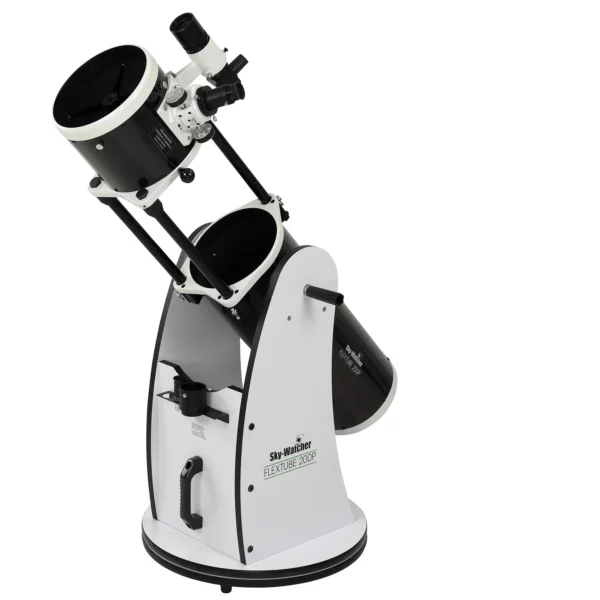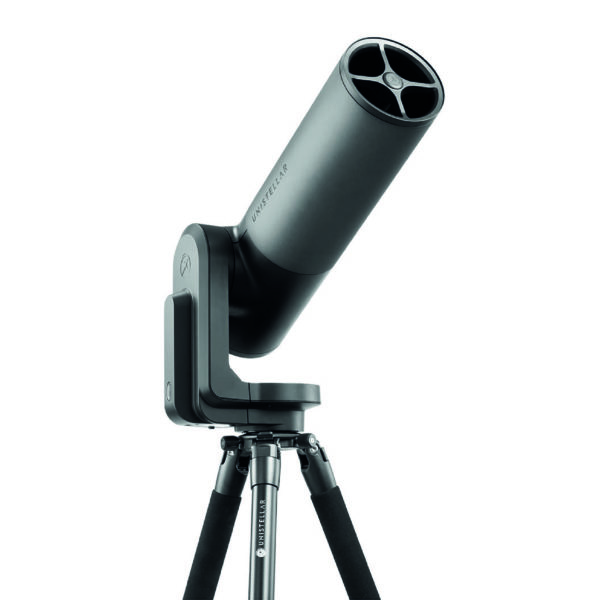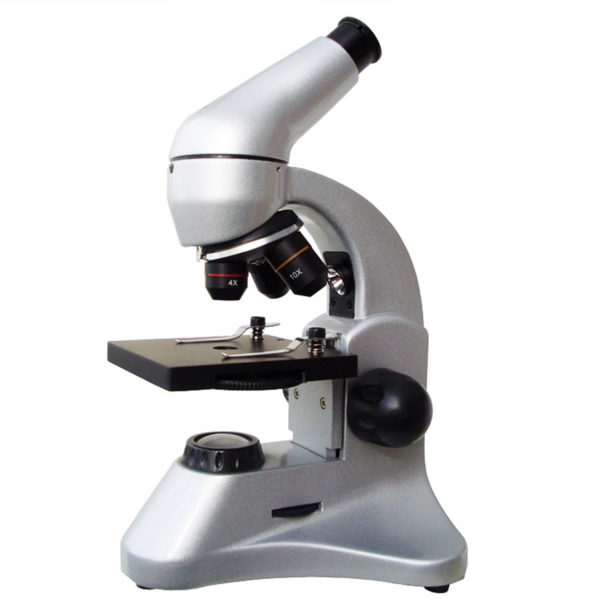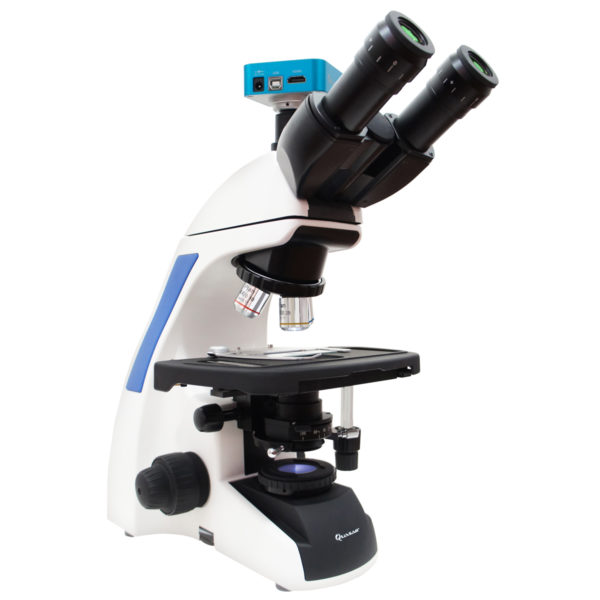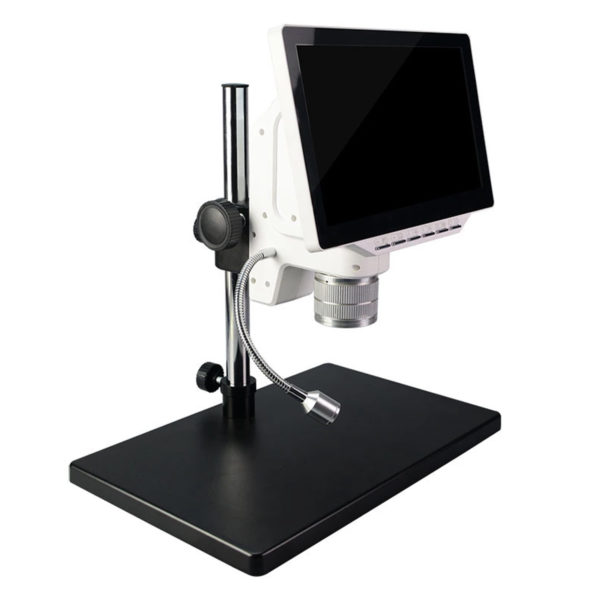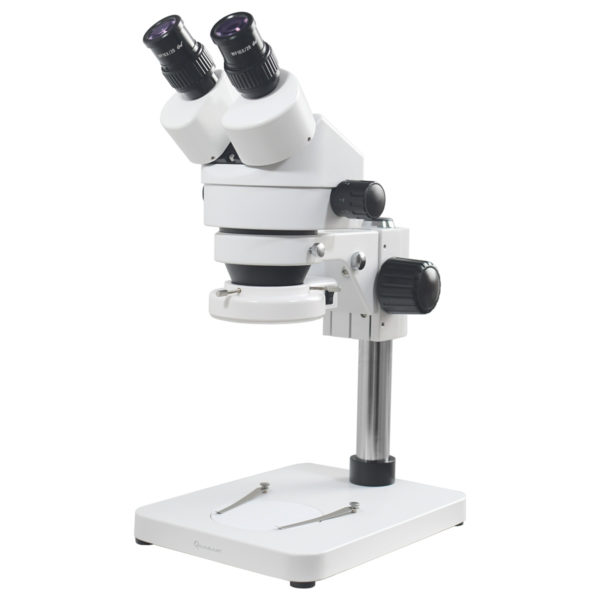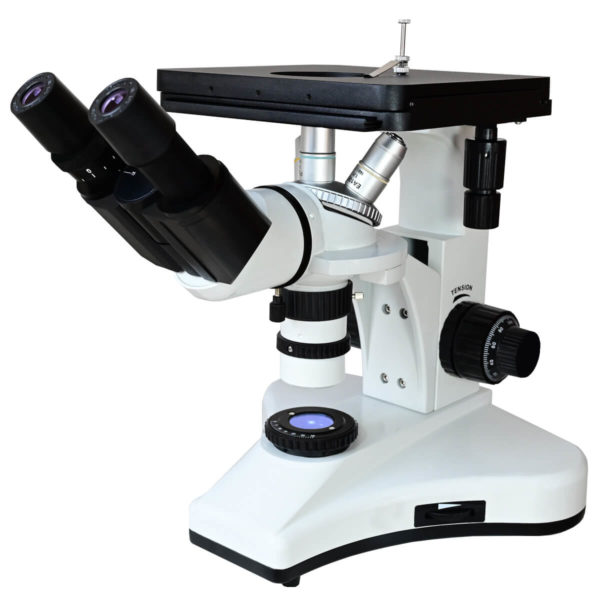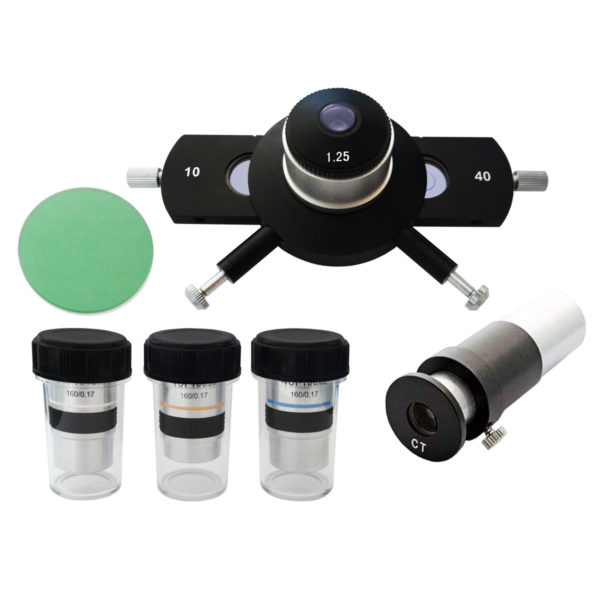The oldest solar system in the Milky Way

Astronomers from the University of Warwick in Coventry, England, have identified the oldest star in the Milky Way, orbiting debris from orbiting planetesimals.
This old star is located about 90 light years from Earth, its planetary system is approximately 10,000 million years old, meaning that it has existed for a considerable time.
Generally the fate of most stars, which includes our sun, is to become a white dwarf, they are stars that have used up their fuel and shed their outer layers and are now going through a process of shrinking and cooling. In this process, the orbits of their planets will be interrupted and in some cases said planets will be destroyed and their remains will accumulate on the surface of the star now a white dwarf.
This star was detected by ESA’s GAIA Space Observatory. Astronomers from the University of Warwick used spectrographic and photometric data from GAIA, the Dark Energy Survey and the Xshooter instrument at the European Southern Observatory to determine how long this star has been cooling, the results being the following: the red star now named WDJ2147-4035 it is roughly 10.7 billion years old, of which 10.2 billion years have been spent cooling as a white dwarf.

This makes this small star with planetary remnants the only ancient star to be discovered by humanity, up to now, and only within our galaxy.
The remains of WDJ2147-4035 suggested that it is the oldest of what was believed, and that the solar system where we live is not unique or as Abbigail Elms, the main author of this research, said «the Earth is not unique, there are similar planetary bodies”, so we could venture to conclude that there is more life in the universe, it was also determined that 97% of the stars we know will end up becoming white dwarfs, therein lies the importance of continuing to study and understand them.
Abbigail noted that such planetary systems are vital to understanding the formation and evolution of the Milky Way’s solar systems «the oldest stellar remnants in the Milky Way that possess planetary debris were once Earth-like.»
The compositions of these solar systems have some small variations with respect to our system alone, since they seem to be richer in potassium and lithium, something that does not occur in our solar system, Professor Pier Emmanuel Tremblay of the department of physics at the University of Warwick , I clarify that it is possible that 10,000 million years ago the universe could have been less rich in metals than we think.
Which makes us wonder, what would those worlds with fewer metals be like? Would the soil be softer? Will there be changes in its density? There are many questions that are generated and our curiosity is piqued, will there be systems even older than WDJ2147-4035?




